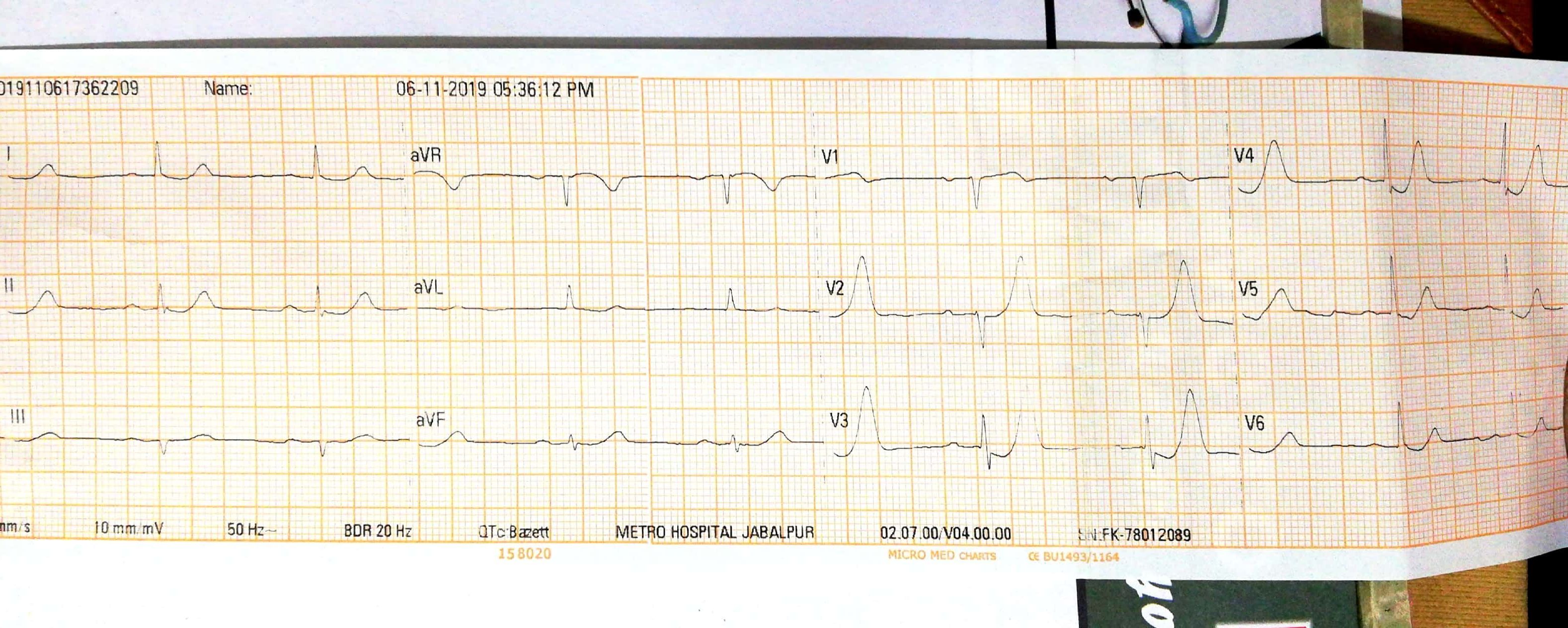Lots of interesting abstracts and cases were submitted for TCTAP & AP VALVES 2020 Virtual. Below are accepted ones after thoroughly reviewed by our official reviewers. Don¡¯t miss the opportunity to explore your knowledge and interact with authors as well as virtual participants by sharing your opinion!
* The E-Science Station is well-optimized for PC.
We highly recommend you use a desktop computer or laptop to browse E-posters.
CASE20200706_001
| Complex PCI - Bifurcation/Left Main Diseases and Intervention | |
| Hairpin/Reverse Guidewire Technique for Bifurcation Stenting | |
| Amjad Ali1 | |
| Sagar Multispeciality Hospital, India1, | |
|
[Clinical Information]
- Patient initials or identifier number:
Mr PC
-Relevant clinical history and physical exam:
Brief history- 64 years old gentleman He is a known case of diabetes mellitus and hypertension on treatmentKnown case of coronary artery disease and underwent CABG with two grafts in 20141) LIMA to LAD2) Left Radial to Obtuse Marginal 2He was presented with worsening of angina CCS III for last few monthsHe was on optimal medical therapy
-Relevant test results prior to catheterization:
ECG was showing minimal st depression and tall peaked T waveECHO was showing inferolateral wall hypokinesia with mild LV systolic dysfunction , EF= 45%
 - Relevant catheterization findings:
Coronary angiogram was done from right femoral routeshowing patent LIMA to LAD graft with competitive flow in distal LADLeft radial to OM2 graft was atreticLCX dominat and showing proximal significant stenosis at bifurcation of OM2OM 2 medium caliber and has ostial significant stenosis
|
|
|
[Interventional Management]
- Procedural step:
Bifurcation stenting of LCX nad OM2 by Mini crush technique 1)0.014" cornary guide wire place in LCX, wiring of OM2 was very difficult because of very obtuse angle and ostial disease. Multiple wire with different shape and with micro catheter support tried but could not able to cross the lesion.2) Reverse guidewire used to cross the lesion by making a sharp hairpin loop of feilder FC.3) After sequential predilatation two stents place simultaneously in LCX and OM2 . First OM2 stent was deployed followed by deployment of LCX stent.4) POT done by NC balloon.5) Final kissing inflation done by NC balloons.6) Good TIMI III flow achieved.
- Case Summary:
1) Crossing obtusely angled diseased side branch is very difficult in some cases2) There are few methods which can be used to cross such lesions a) Making large bend of wire b) With the help of microcatheter preferably dual lumen catheter c) Reverse guide wire/hairpin technique d) Deflection balloon technique3) Minicrush is simpler then DK crush 4) Final kissing inflation is must for any bifurcation stenting
|
|